Wind turbines, majestic giants dotting landscapes, harness the power of the wind to generate electricity. But what happens when the cold season rolls in? Do wind turbines freeze, halting the flow of renewable energy? This article delves into the heart of this question, exploring the resilience of wind turbines against freezing conditions and the technology that keeps them spinning. Join us as we unravel the mystery, providing insights into how these renewable energy powerhouses combat the cold.
Table of Contents:
– How do wind turbines handle cold weather?
– The science behind preventing freezing
– Impact of ice formation on wind turbines
– Innovations in anti-freezing technology
– Maintenance and monitoring for optimal performance
How do wind turbines handle cold weather?

Wind turbines are engineered to withstand various weather conditions, including the cold. However, freezing temperatures pose unique challenges. The materials used in turbine construction are selected for their durability and ability to endure the cold, preventing the machinery from freezing solid. Additionally, internal heating systems can be activated to keep critical components at operational temperatures.
The location of a wind turbine also plays a significant role in its ability to handle cold weather. Turbines in colder climates are often equipped with special features designed to mitigate the effects of freezing temperatures. This includes the use of low-temperature lubricants and hydraulic fluids that remain fluid under freezing conditions, ensuring the turbine’s moving parts continue to operate smoothly.
Despite these precautions, extreme cold can still impact wind turbine performance. In such cases, turbines may operate at reduced capacity or, in rare instances, temporarily shut down to prevent damage. The balance between maintaining operation and protecting the turbine’s integrity is a delicate one, managed through sophisticated control systems that monitor temperature and performance in real time.
The science behind preventing freezing
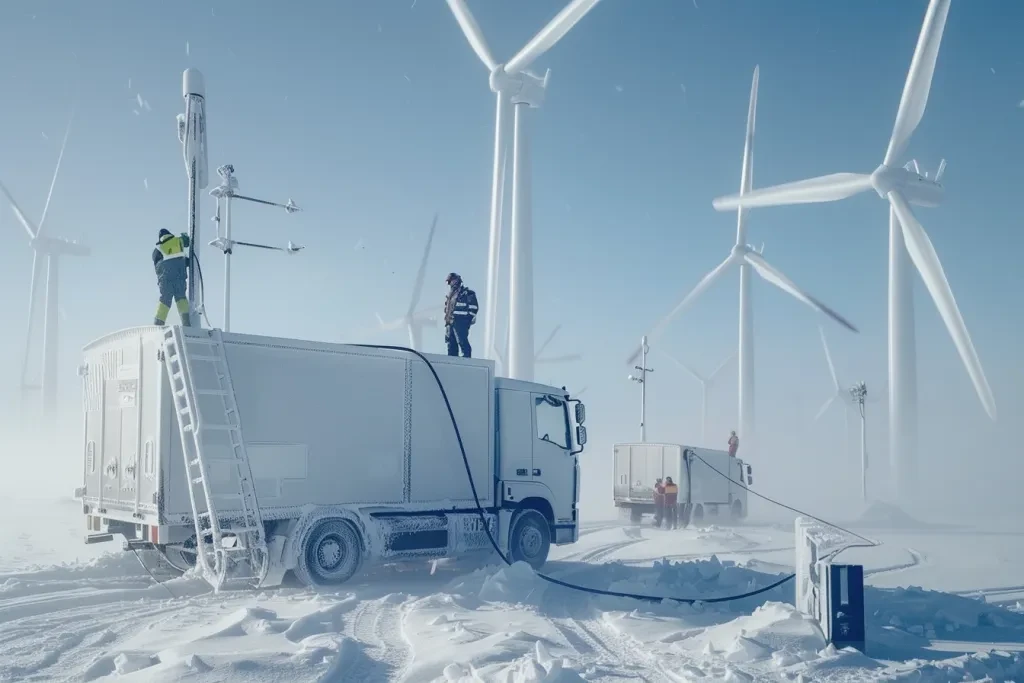
Preventing wind turbines from freezing is a complex challenge that involves a combination of mechanical engineering, materials science, and meteorology. One key strategy is the use of anti-icing and de-icing technologies. Anti-icing measures are proactive, preventing ice from forming on turbine blades, while de-icing techniques remove ice that has already formed.
Thermal systems, which generate heat to melt ice on the blades, are a common de-icing solution. These systems can be electric, using resistive heating elements, or pneumatic, circulating warm air throughout the blade. Another innovative approach is the use of coatings that repel water, making it difficult for ice to adhere to the blade surface.
Meteorological monitoring also plays a crucial role in preventing freezing. Advanced forecasting tools help operators anticipate and prepare for icy conditions. By adjusting the turbine’s operation based on weather predictions, operators can minimize the risk of ice formation and maximize energy production, even in cold weather.
Impact of ice formation on wind turbines
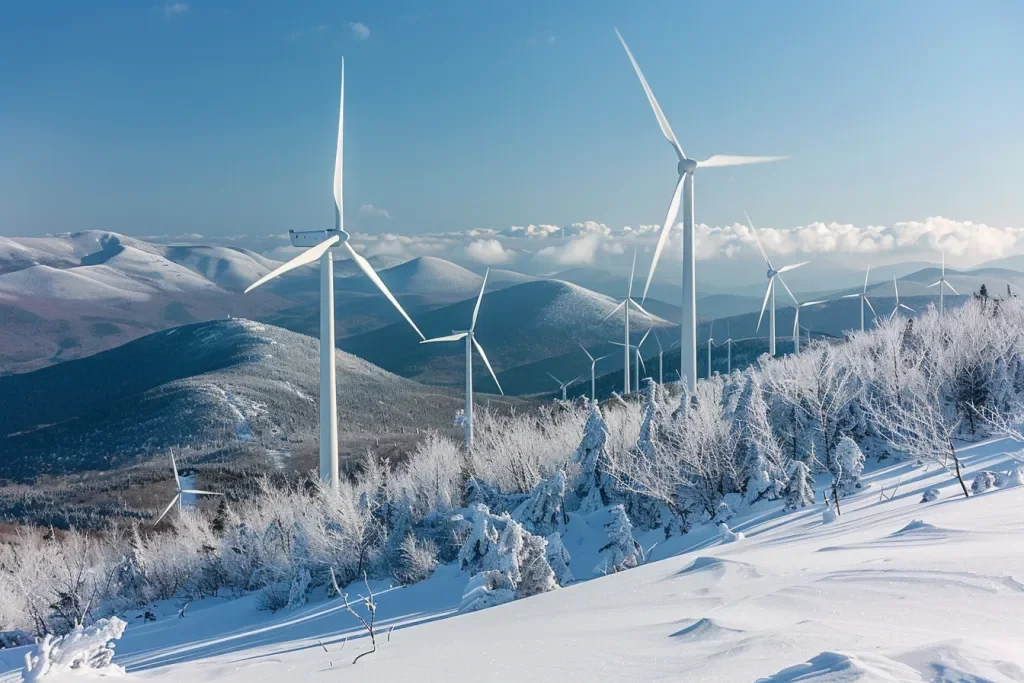
Ice formation on wind turbines is not merely an inconvenience; it can have significant impacts on their efficiency and safety. Ice accumulation on blades disrupts the aerodynamic profile, reducing the turbine’s ability to generate power. In severe cases, this can lead to a substantial drop in energy production.
Safety concerns also arise when ice forms on turbine blades. As the turbine spins, ice can be thrown from the blades, posing a risk to nearby infrastructure and individuals. This phenomenon, known as ice throw, necessitates the implementation of safety protocols and monitoring systems to protect the surrounding area.
Furthermore, the additional weight of ice on the blades can strain the turbine’s structural components, leading to increased wear and tear. This not only affects the turbine’s lifespan but also raises maintenance costs. Addressing these challenges requires a holistic approach, combining technology, monitoring, and maintenance strategies to ensure safe and efficient operation.
Innovations in anti-freezing technology
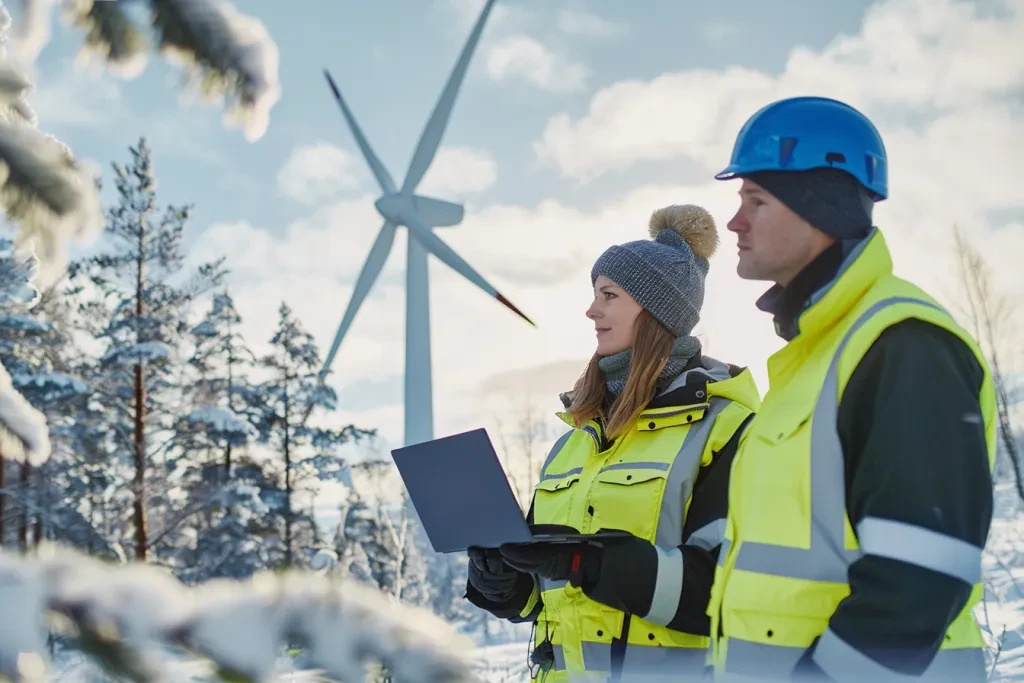
The renewable energy sector is constantly evolving, with research and development efforts focused on enhancing the performance of wind turbines in cold climates. Innovations in anti-freezing technology are at the forefront of these efforts, offering new solutions to the challenge of ice formation.
One promising area of innovation is the development of advanced blade coatings. These coatings are designed to repel water and ice, reducing the likelihood of ice accumulation. Some coatings also have self-healing properties, repairing minor damage caused by ice or debris, thereby extending the blade’s lifespan.
Another innovative approach is the use of ultrasonic ice prevention systems. These systems generate high-frequency vibrations that prevent ice from adhering to the blade surface. This technology, still in the experimental stage, offers a potentially energy-efficient alternative to traditional heating systems.
The integration of artificial intelligence (AI) and machine learning into turbine control systems is also enhancing the effectiveness of anti-freezing measures. By analyzing data from sensors and weather forecasts, AI algorithms can optimize the operation of heating systems and blade adjustments, minimizing energy consumption while preventing ice formation.
Maintenance and monitoring for optimal performance
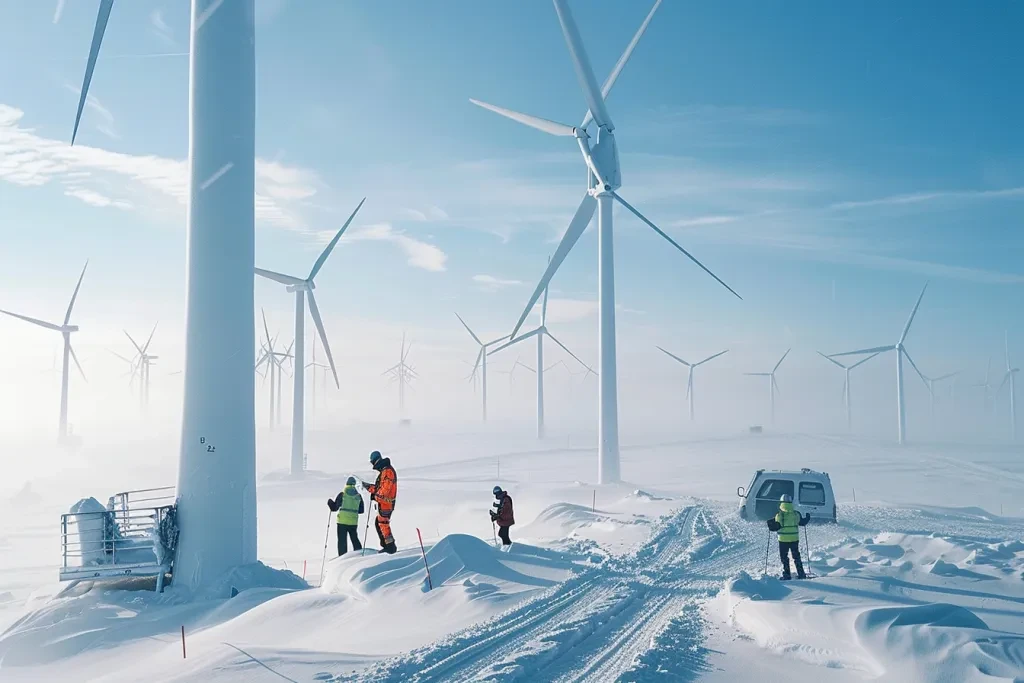
Regular maintenance and monitoring are essential for ensuring the optimal performance of wind turbines in cold weather. Scheduled inspections and maintenance activities help identify and address potential issues before they lead to significant problems. This includes checking the integrity of blades, ensuring heating systems are functional, and verifying the performance of anti-icing and de-icing technologies.
Remote monitoring systems also play a crucial role, providing real-time data on turbine performance and environmental conditions. This information allows operators to make informed decisions about turbine operation, adjusting settings to prevent ice formation or scheduling maintenance as needed.
Engaging with the local community is another important aspect of maintenance and monitoring. By keeping the public informed about turbine operations and safety measures, operators can build trust and address concerns related to ice throw and other issues. This collaborative approach ensures that wind turbines can continue to provide clean, renewable energy, even in the coldest climates.
Conclusion
Wind turbines are marvels of engineering, capable of generating clean energy even in the face of freezing temperatures. Through a combination of innovative technology, regular maintenance, and proactive monitoring, the challenges posed by ice formation can be effectively managed. As the renewable energy sector continues to evolve, advancements in anti-freezing technology will further enhance the resilience and efficiency of wind turbines, ensuring they remain a vital part of our energy landscape.
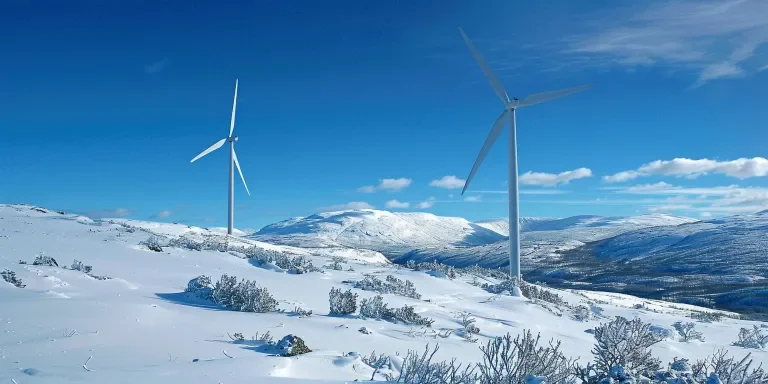




 Afrikaans
Afrikaans አማርኛ
አማርኛ العربية
العربية বাংলা
বাংলা Nederlands
Nederlands English
English Français
Français Deutsch
Deutsch हिन्दी
हिन्दी Bahasa Indonesia
Bahasa Indonesia Italiano
Italiano 日本語
日本語 한국어
한국어 Bahasa Melayu
Bahasa Melayu മലയാളം
മലയാളം پښتو
پښتو فارسی
فارسی Polski
Polski Português
Português Русский
Русский Español
Español Kiswahili
Kiswahili ไทย
ไทย Türkçe
Türkçe اردو
اردو Tiếng Việt
Tiếng Việt isiXhosa
isiXhosa Zulu
Zulu